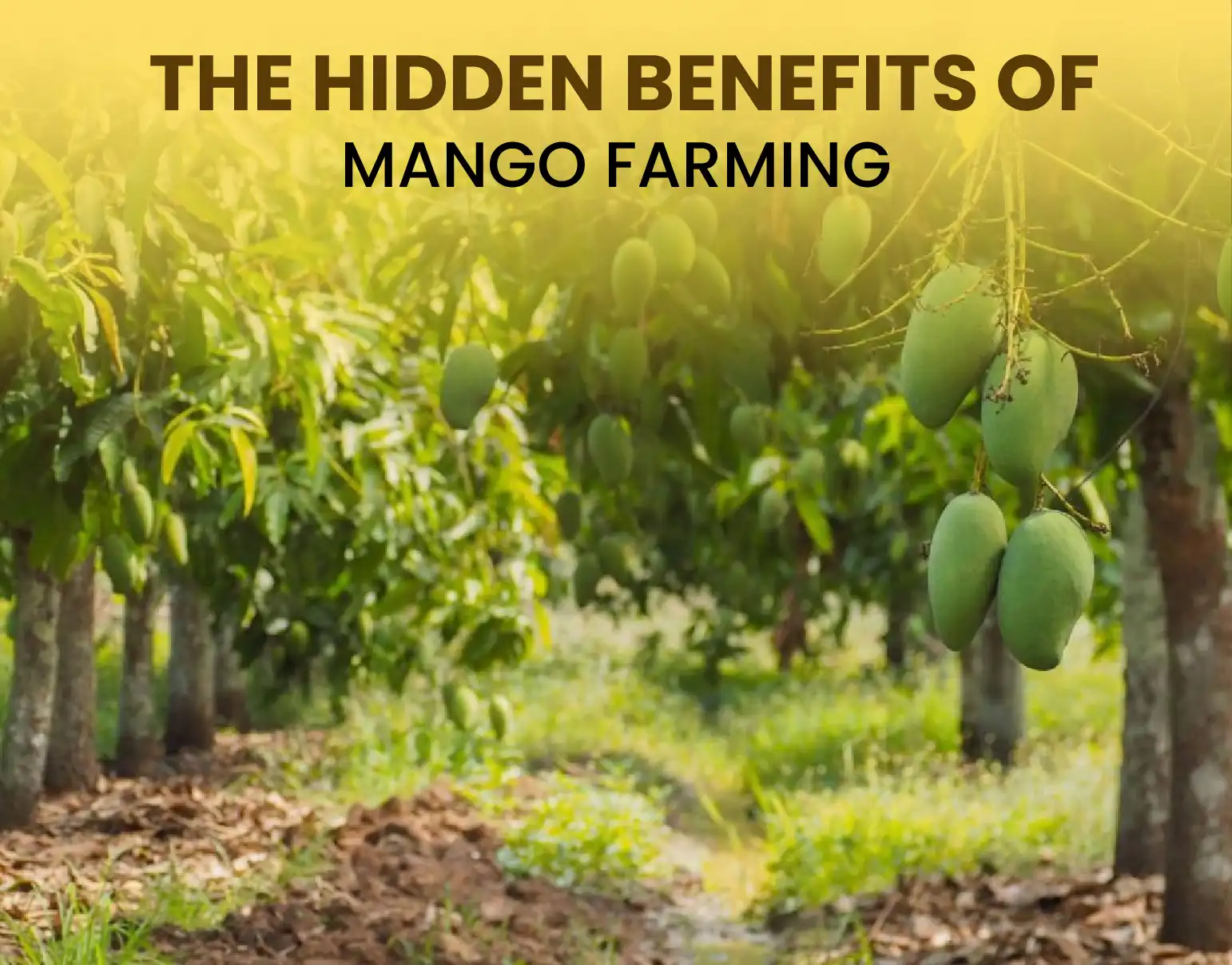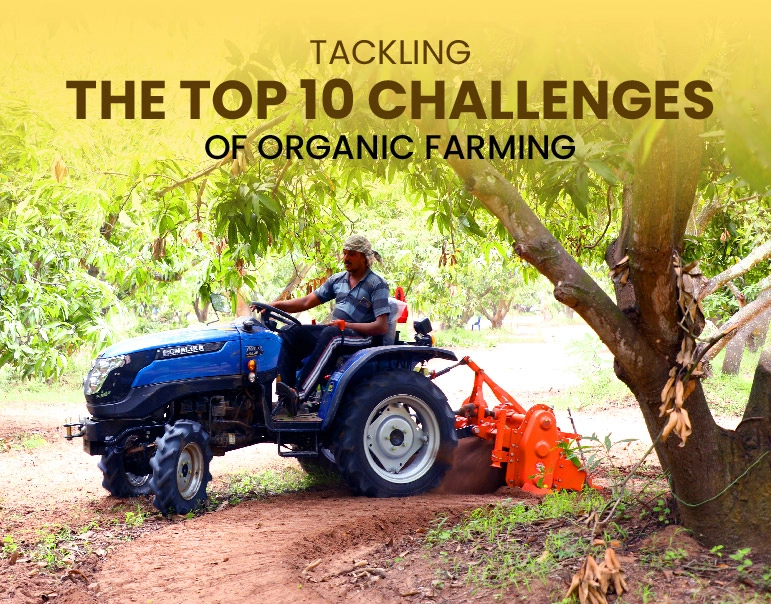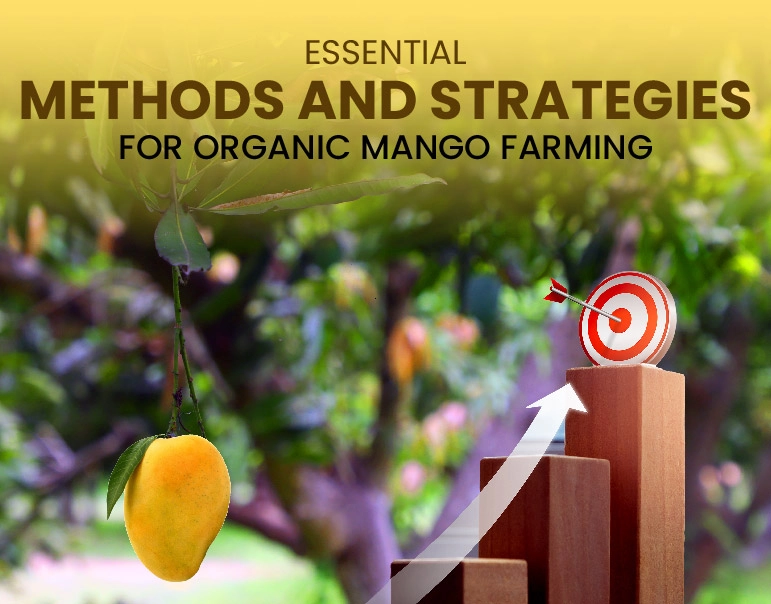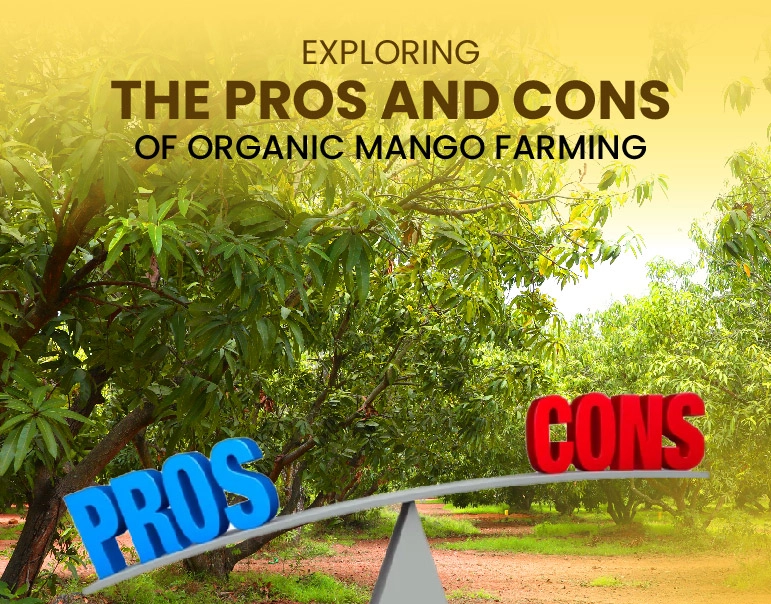How to choose the right Agricultural Farmland for your needs?


Investing in Agricultural Land is a long-term commitment that offers numerous advantages, such as financial returns, environmental impact, and personal happiness. Maximizing these advantages, though, depends on selecting the proper area for farming. Whether your intended use is for an eco-farming project, an orchard, or crop development, a number of important variables require attention. In this blog, we will discuss the key factors to consider when choosing agricultural land that aligns with your objectives.
Clearly list your goals before you buy. Are cash crops, fruits, or vegetables you want to raise? Alternatively, do you intend to start a cattle business, organic farm, or plantation? Various forms of farming need particular soil, temperature, and water conditions. Knowing your main and secondary agricultural objectives will enable you to concentrate on property fit for your particular requirements.
Where your farmland is located is absolutely vital. Proximity to nearby markets, suppliers, or export centers can greatly reduce travel expenses. Easy road and highway access guarantees prompt delivery of fresh food. Areas with existing agricultural infrastructure—such as irrigation systems or agro-based cooperatives—will help farming activities be even more smooth.
Think also about the local climatic patterns; certain crops thrive in hot environments while others require cooler temperatures. For instance, if you're considering growing mango, South India's tropical climate could be ideal.
The quality of the soil determines much of the success of any agricultural project. To evaluate fertility and guarantee the presence of vital minerals such as nitrogen, phosphorous, and potassium, do a soil test. Various crops grow best in different kinds of soil; sandy soil is more suited for crops like groundnuts, while loamy soil is great for veggies.
To be sure the soil satisfies the needs of the crops or plants you intend to raise, check its pH balance, moisture retention capacity, and drainage properties.
Among the most important elements in agriculture is water availability. Search for property with consistent access to a river, canal, or groundwater supply. If the area receives irregular rainfall, think about purchasing land where contemporary irrigation methods such as drip irrigation—or rainwater collecting—are practical.
Review local water policies and availability in dry seasons to guarantee environmentally friendly operations. Additionally valuable for your land are government water subsidies or local irrigation channels.
Your farming goals and financial capacity will determine the extent of your land. Although smaller plots might fit organic projects or eco-farming, larger farms are required for commercially grown crops. If you see yourself growing your business going forward, take note of land nearby to buy, including vacant plots.
The topography and form of the ground are also crucial factors. While hilly regions could be ideal for plantations or vineyards, flat ground is better for farming.
Effective farming depends on selecting ground with the proper temperature. Examine seasonal fluctuations, rainfall patterns, and the annual temperature range. While some crops demand drier conditions, others flourish in tropical settings with high humidity.
You also have to consider severe weather events such as floods and drenches. To lessen the likelihood of crop failure due to natural events, look for areas that have historically experienced consistent temperatures.
Before closing your acquisition, conduct a thorough legal due diligence investigation. Examine the property title and ownership record and look for encumbrances—that is, loans or conflicts. Check the land's zoning status to confirm its agricultural designation and suitability for farming activities.
Seek legal counsel for assistance with paperwork, clearances, and registration. Some states offer agricultural subsidies and policies designed to enhance your farming business; therefore, it is crucial to adhere to local agricultural regulations.
Operations depend much on the infrastructure surrounding the farms. Make sure the area has basic amenities, including access to providers of machinery or agriculture tools and power. Furthermore, good road networks attract labor and reduce transportation difficulties.
If your company exports or stores produce, look for surrounding warehouses, cold chains, and storage facilities. Over time, investing in well-connected property will provide you with operational benefits.
Location, infrastructure, and soil quality all affect agricultural land values. Create a reasonable budget, including not just the land's cost but also extra outlays for legal fees, soil testing, irrigation design, fencing, and so forth.
To be sure you're investing competitively, compare the cost of comparable acreage in surrounding places. Consider possible government subsidies, tax advantages, and agricultural loan programs designed to light your financial load.
To fulfill environmental aims and market demand, farmers and investors are concentrating more and more on sustainable methods. Methods of organic farming, agroforestry, and eco-farming provide long-term soil health and biodiversity. If sustainability fits your objectives, choose an area suitable for such projects.
Furthermore, appealing to environmentally conscious customers and businesses is investing in environmentally friendly methods such as permaculture or solar-powered irrigation systems.
Since farming sometimes calls for committed staff, availability of trained or seasonal labor is crucial. Analyze the local community's farming enthusiasm as well as your access to agricultural labor during the busiest times, like planting or harvesting.
Interacting with other towns can also lead to cooperative models, shared resources, or agritourism projects producing extra money.
Selecting appropriate agricultural land calls for much preparation and investigation. From soil quality and water availability to climate and legal compliance, every element counts greatly for the success of your farm. Although investing in farmland has financial and lifestyle advantages, it is imperative to match the property to your farming objectives. Agricultural land can become a profitable and sustainable business, providing long-term rewards and personal fulfillment with the correct preparation.







